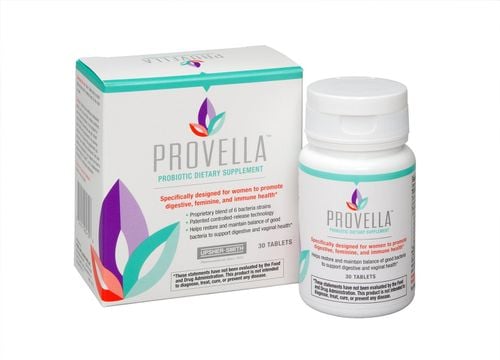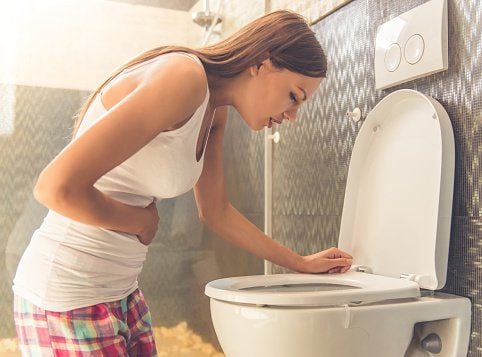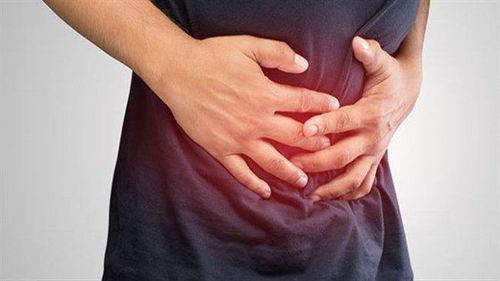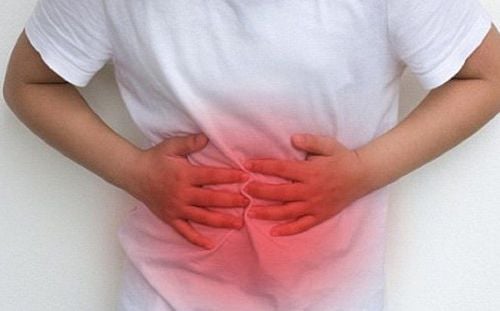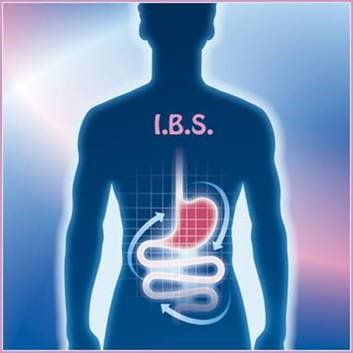This is an automatically translated article.
The article was written by Master - Doctor Mai Vien Phuong - Head of Gastrointestinal Endoscopy Unit - Department of Medical Examination and Internal Medicine - Vinmec Central Park International General Hospital.A meta-analysis showed that 10% of IBS patients with symptoms predisposing to diarrhea (IBS-D) had severe bile acid malabsorption, with a maintenance rate of <5% at 7 days. A recent survey in the UK found that bile acid diarrhea was the cause of nearly one in four IBS patients referred to a second-line healthcare facility with diarrhea.
1. What is bile acid absorption?
Bile acid malabsorption (BAM) is a condition characterized by the inability to reabsorb sufficient bile acids in the terminal ileum. Excess bile acids in the colon come into contact with colonic flora leading to secondary bile acid production and may increase colonic fluid excretion, which in turn, leads to diarrhea. This has led to investigations into the possibility of bile acid-induced diarrhea in a small group of people with IBS-D.There are 3 potential mechanisms for bile acids to reach the colon. The first is that iron loss by the distal small intestine reduces the ability to absorb bile secreted by the biliary system during digestion. Another mechanism is that cholecystectomy leads to a change in the timing of bile acid delivery to the small intestine. This may be an important cause of exacerbation of IBS symptoms and an increased risk of cholecystectomy has been observed in IBS patients. Finally, an idiopathic form that may be associated with different bile acid reabsorption in individuals has been identified.
2. Results of clinical trials
The Bile Acid Absorption (BAM) test is challenging. A recent meta-analysis examined the prevalence of BAM in subjects with IBS-D. Based on pooled data from 6 studies using the SeHCAT test, 28.1% of IBS-D patients achieved a predefined threshold for BAM on SeHCAT in the random-effects model. Recent studies have suggested that stool testing may also be effective.Data from newer fecal studies have measured higher fecal bile acids in a study comparing healthy subjects with those with IBS-D and IBS-C. In addition, 2 serological markers can also help identify BAM subjects. Serological testing supports that low fibroblast growth factor 19 (FGF-19) and high C4 may suggest serum BAM C4 also appears to be higher in IBS-D than in IBS-C and those healthy is correlated with bile acids in the stool.
Based on these findings, bile acid sequestrants have been proposed as a treatment for IBS-D. An open-label study examined the presence of BAM (via SeHCAT, FGF-19 and C4) and response to colestipol treatment in a cohort of individuals with IBS-D. In this open-label study, 15 of 27 patients (55%) achieved a response to colestipol (response is defined here as a 50% reduction in all symptoms from baseline for at least 2 of last 4 weeks of the 8-week treatment period).
In addition, a representative marker of bile acid malabsorption is the measurement of serum levels of 7α-hydroxy-4-cholesten-3-one (7C4). Results of a single-center study suggested that serum 7C4 was elevated in randomly selected patients with IBS-D compared with IBS-C patients or healthy volunteers.
A small study of IBS-D patients with bile acid malabsorption reported a significant improvement from baseline in stool consistency (on the Bristol Stool Scale) after a course of colesevelam treatment. 10 days (from 4.8 to 4.4; fecal bile acid excretion (as determined by serum 7C4 concentration) is also increased from baseline at 10 days (from 1558 to 3496 μmol).
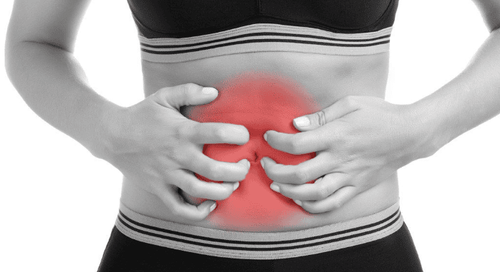
3. The authors do not recommend the use of bile acid sequestrants to treat IBS-D symptoms
The authors suggest that further qualitative, methodologically rigorous trials of bile acid sequestrants in IBS-D patients are needed. Testing of BAM in the US is still limited and not fully validated. In summary, a trial of bile acid sequestrants may be considered in IBS-D patients, especially those who have undergone cholecystectomy, as > 25% of IBS-D patients may develop cholecystectomy. concomitant bile acid malabsorption. However, physicians must be careful with the timing of medications, because bile acid sequestrants can interfere with the absorption of other drugs.Please follow the website: Vinmec.com regularly to update many other useful information.
Please dial HOTLINE for more information or register for an appointment HERE. Download MyVinmec app to make appointments faster and to manage your bookings easily.
References: journals.lww.com




